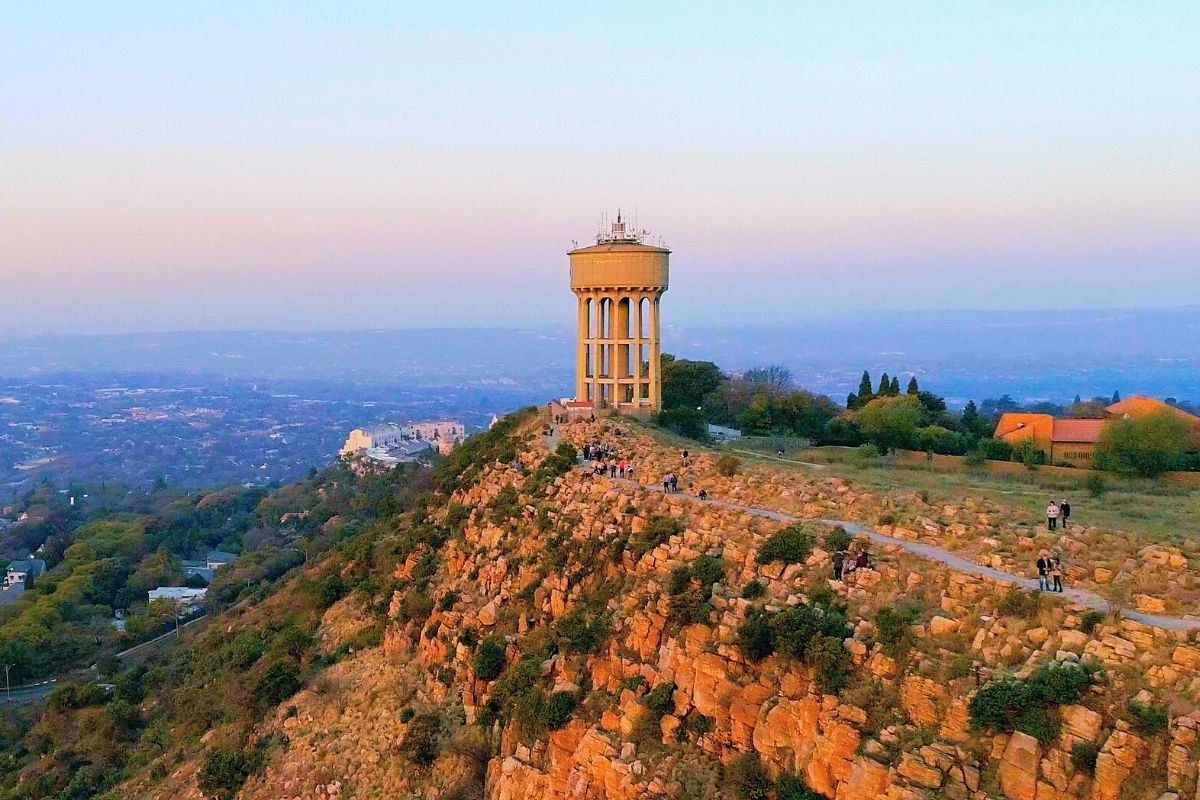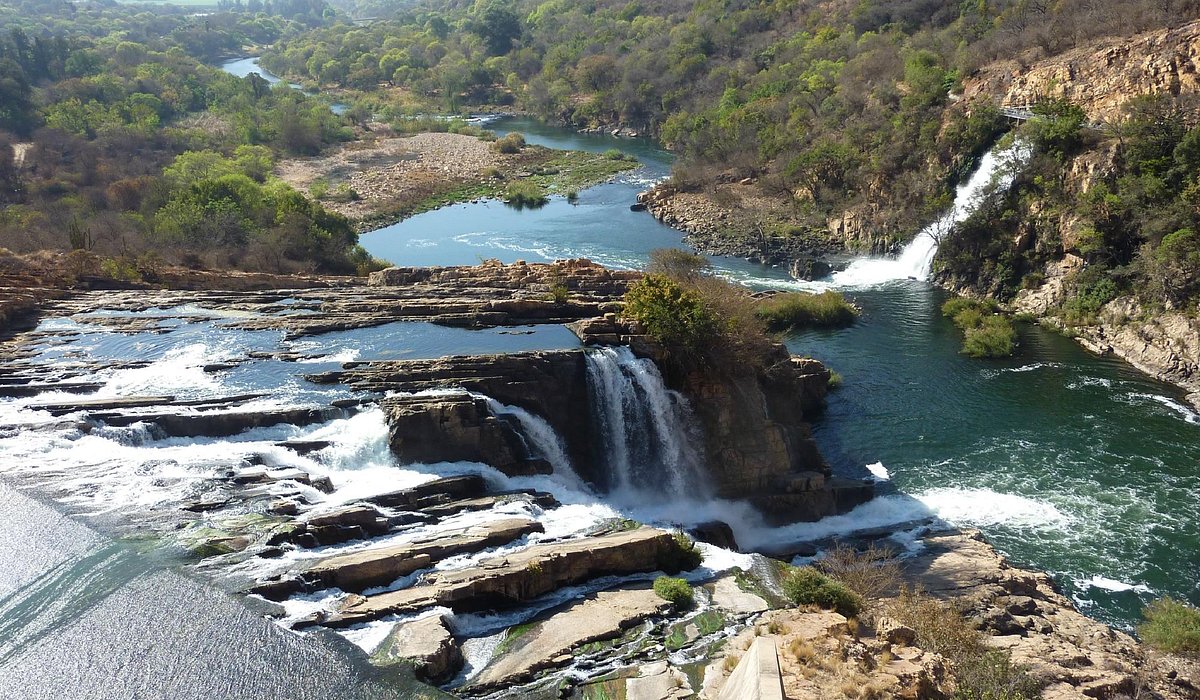Facts About Johannesburg North Attractions Uncovered
Table of ContentsWhat Does Johannesburg North Attractions Do?The Greatest Guide To Johannesburg North Attractions8 Easy Facts About Johannesburg North Attractions ExplainedSome Ideas on Johannesburg North Attractions You Should KnowExamine This Report about Johannesburg North AttractionsSome Known Details About Johannesburg North Attractions
The city owes its area to the existence of an also more priceless source: gold. The city grew on the side of the Witwatersrand Key Reef, a below ground stratum of gold-bearing quartz-silica empire that arcs for thousands of miles under the Highveld. The majority of the gold mines in the city ceased operation in the 1970s, yet in its day the Witwatersrand gold market accounted for more than 40 percent of the world's annual gold production.Johannesburg has a pleasant climate. The city appreciates regarding 8 hours of sunshine per day in both wintertime and summer season.
What rain the city gets falls practically solely in the summer season, typically in stunning late-afternoon electric tornados. Air air pollution presents a considerable problem, especially in the winter months, when thermal inversions restrain the westward flow of air from the Indian Ocean. Pollution is most serious in the densely settled Black territories on the city's periphery, where several citizens still depend on coal for gas.

Rumored Buzz on Johannesburg North Attractions
The equilibrium of the city is occupied by whites. Accommodation varies in character and top quality. Soweto is notorious for its countless rows of municipally developed, two-room matchbox homes, yet it also has a few thriving territories along with brimming squatter camps, where 10s of thousands live without water, power, or hygiene centers.
Physical development, although rather restricted by transportation, continued rapidly as migration to South Africa, and Johannesburg in specific, enhanced dramatically. This trouble was resolved in the 1930s when the car was introduced in automation to South Africa. Vehicles were, for the a lot of component, restricted to the well-off, and permitted them to transfer to the north of the city and commute into the centre.
A lot of bad suburbs were mixed, with inadequate blacks and whites living with each other, although the affluent suburban areas were generally scheduled for whites.
The estimated population of the region is 200,000, [] yet the number of individuals living in the inner city on an informal basis is unknown, as many are prohibited immigrants. Most higher-income locals and white individuals have actually transferred to the company website north suburbs and have been changed by lower-income black individuals. The unemployment, education and learning, and age accounts of the area are all unidentified, due to the trouble of obtaining reputable info about the location.
Johannesburg North Attractions - Truths
Centred on the CBD, the region includes the suburbs of Yeoville, Bellevue, Troyeville, Jeppestown, and Berea to the east. To the west it spreads to Pageview (Johannesburg North attractions) and Fordsburg. There are tiny industrial parks to the south, such as City West-Denver and Benrose. Around 800,000 travelers go through the internal city daily, and it functions as a local purchasing node for site visitors from the southerly residential areas. Yeoville and Bellevue have a mix of apartment and solitary domestic units on small great deals. The region lies on a hilly divide that ranges from east to west. One of the most obvious geographic attribute is Observatory Ridge, which is called for the large observatory located on it. The recreational rooms are no much longer used, because of safety and security problems.

Rumored Buzz on Johannesburg North Attractions
R. Tambo International Flight Terminal). The eastern residential areas are some of the oldest areas of Johannesburg, there are big neighborhoods of Jewish and other European histories, most of the populace is English talking. There are three fairway in addition to a variety of safeguarded ridges with viewsites. There are several well-developed and up-market home entertainment and purchasing areas in the eastern such as the Eastgate Mall and the Greenstone shopping centre.
Originally built to house male migrant employees, many have actually been boosted as residences for pairs and families. The suburb was not traditionally allowed to create work centres within the location, so nearly all of its citizens are commuters to various other components of the city.
Not known Details About Johannesburg North Attractions
The N1 Western Bypass links the north residential areas with the north-western suburbs. The houses in the northern suburban areas are generally formal, without substantial locations of informal housing, or real estate that lacks an irreversible structure. Although this is a well-known area, there is a pattern of land usage change from domestic to industrial, particularly along click resources primary arterial roads and around recognized nodes.
The location is well attached to roadway networks, especially along the hop over to here north-south axis developed by the M1 and N1. Roads to the eastern and west are much less well created, as there are no freeways taking a trip in that direction. Towards the northern boundary of the city, the density of advancement lowers, leaving big locations of primitive land around Midrand.
Johannesburg North Attractions Fundamentals Explained
, which is situated on a hill overlooking the inner city and Hillbrow.